BELGIUM NATIONAL FOOTBALL TEAM
FIFA RANKING: 1
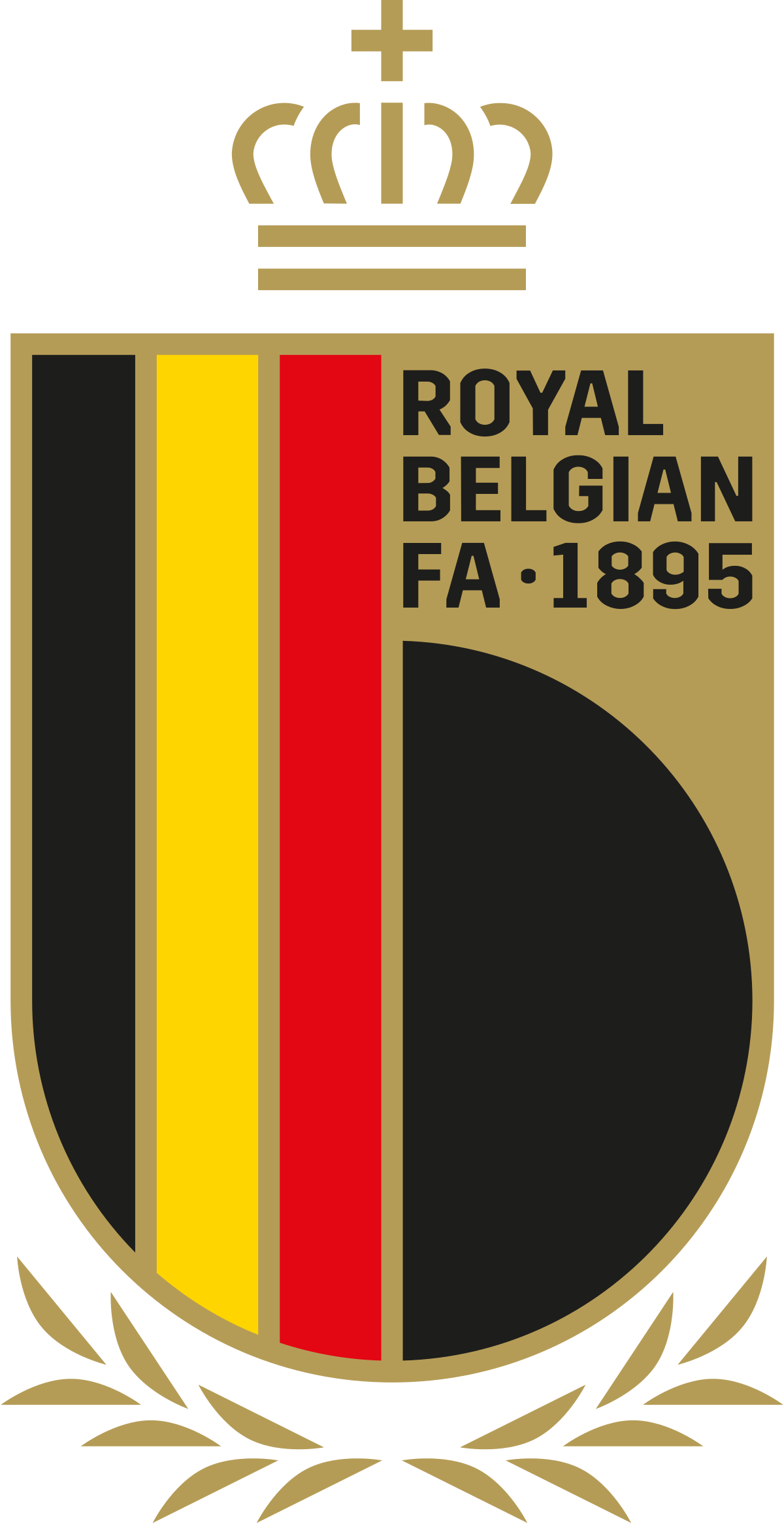
GOVERNING BODY:-
Royal Belgian Football Association (KBVB/URBSFA/KBFV)
HOME STADIUM:-
King Baudouin Stadium, Brussels
CAPTAIN:-
Eden Hazard
COACH:-
Roberto Martinez
MOST CAPPED PLAYER:-
Jan Vertonghen
TOP SCORER:-
Romelu Lukaku
STAR PLAYERS:-
Eden Hazard, Romelu Lukaku, Kevin de Bruyne, Yannick Carrasco, Dries Mertens
NICKNAME:-
De Rode Duivels, Les Diables Rouges, Die Roten Teufel (The Red Devils)
RIVALS:-
Netherlands
France
WORLD CUP:-
Appearances: 13
Best Result: 3rd (2018)
EUROS:-
Appearances: 6
Best Result: Runners-up (1980)
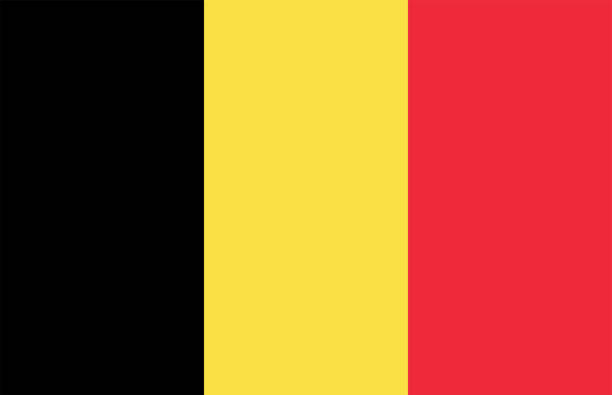
The Belgian national football team officially represents Belgium in men’s international football since their maiden match in 1904.
The squad is under the global jurisdiction of FIFA and is governed in Europe by UEFA—both of which were co-founded by the Belgian team’s supervising body, the Royal Belgian Football Association.
Periods of regular Belgian representation at the highest international level, from 1920 to 1938, from 1982 to 2002 and again from 2014 onwards, have alternated with mostly unsuccessful qualification rounds.
Most of Belgium’s home matches are played at the King Baudouin Stadium in Brussels.
Belgium’s national team have participated in three quadrennial major football competitions.
It appeared in the end stages of thirteen FIFA World Cups and five UEFA European Championships, and featured at three Olympic football tournaments, including the 1920 Olympic tournament which they won.
Other notable performances are victories over four reigning world champions—West Germany, Brazil, Argentina and France—between 1954 and 2002.
Belgium has long-standing football rivalries with its Dutch and French counterparts, having played both teams nearly every year from 1905 to 1967.
The squad has been known as the Red Devils since 1906 and its fan club is named “1895”.
During the national player career of forward Paul Van Himst, the most-praised Belgian footballer of the 20th century, Belgium took third place at UEFA Euro 1972.
After that, they experienced two golden ages with many gifted players. In the first period, which lasted from the 1980s to the early 1990s, the team finished as runners-up at UEFA Euro 1980 and fourth in the 1986 World Cup.
In the second, under the guidance of Marc Wilmots and later Roberto Martínez in the 2010s, Belgium topped the FIFA World Rankings for the first time in November 2015 and finished third at the 2018 World Cup.
Up to date, Belgium is the only national team in the world to top the FIFA rankings without having won a FIFA World Cup or a European Championship trophy.
Football in Belgium
Football is the most popular sport in Belgium, which has been played since the end of the 19th century.
The national association was founded in 1895 with the intention of bringing some order and organization to the sport.
The first match of the Belgium national team was played on 1 May 1904, a 3–3 draw against France.
Traditionally, the clubs Anderlecht, Club Brugge and Standard Liège are the three most dominant domestic teams, all of them also having played and/or won one or more European Cup finals.
Except for Standard Liège and Charleroi, most professional clubs have Flemish backgrounds.
Belgian football league system
The Belgian football league system is a series of interconnected leagues for club football in Belgium.
The league system underwent restructuring which was approved by the Royal Belgian Football Association.
One important step was the introduction of a national fifth level for the first time. Its implementation took effect as of the 2016–17 season.
Professional Leagues
Tier 1 – Belgian First Division A
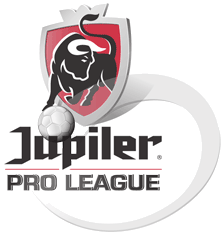
The Belgian First Division A, Belgian Pro League or 1A Pro League (officially Jupiler Pro League due to sponsorship reasons with AB InBev‘s brewer Jupiler) since the 2015–16 season, is the top league competition for association football clubs in Belgium.
Contested by 18 clubs since the 2020–21 season, it operates on a system of promotion and relegation with the Belgian First Division B.
Seasons run from early August to late April, with teams playing 34 matches each in the regular season, and then entering play-offs I or play-offs II according to their position in the regular season.
Play-offs I (also known as the title playoffs or Champions’ play-offs) are contested by the top-four clubs in the regular season, with each club playing each other twice.
Play-offs II (also known as the Europa League playoff or Europe play-offs) are contested by teams ranked 5 to 8 in the regular season, divided into four groups of four teams playing each other once.
The team finishing in 18th place is relegated directly. However, the 17th place will battle for promotion-relegation play-off against 2nd place of Belgian First Division B.
The competition was created in 1895 by the Royal Belgian Football Association and was first won by FC Liégeois.
Of the 74 clubs to have competed in the first division since its creation, 16 have been crowned champions of Belgium.
RSC Anderlecht is the most successful league club with 34 titles, followed by Club Brugge KV (17), Union Saint-Gilloise (11) and Standard Liège (10).
It is currently ranked 8th in the UEFA rankings of leagues based on performances in European competitions over the last five years.
The competition was ranked 3rd when the UEFA first published their ranking in 1979 and also the next year in 1980, which is the best ranking the Belgian First Division has ever achieved.
Tier 2 – Belgian First Division B
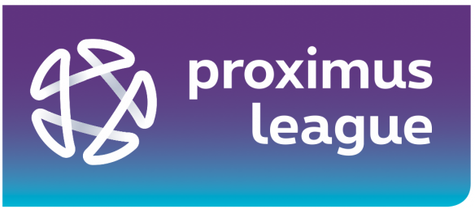
The Belgian First Division B (officially known as Proximus League) is the second-highest division in the Belgian football league system, one level below the Belgian First Division A.
It was created by the Royal Belgian Football Association in 2016, replacing the Belgian Second Division.
Semi-/Non-Professional Leagues
Tier 3 – Belgian National Division 1
The Belgian National Division 1, commonly referred to as simply Eerste Nationale (in Dutch) or Nationale 1 (in French) is the third-highest division in the Belgian football league system, one level below the Belgian First Division B.
It was created by the Royal Belgian Football Association in 2016, coming in at the third level and pushing all divisions one level down.
Until the 2019–20 season, it was known as the Belgian First Amateur Division but was renamed due to the negative connotation of the word amateur.
Tier 4 – Belgian Division 2 (VFV & ACFF)
The Belgian Division 2, commonly referred to as simply Tweede Afdeling (in Dutch) or Division 2 (in French) is the fourth-highest division in the Belgian football league system, one level below the Belgian National Division 1.
It was created by the Royal Belgian Football Association in 2016, replacing the Belgian Third Division and named Belgian Second Amateur Division until 2019–20 before it was renamed due to the negative connotation of the word amateur.
The division consists of three separate leagues with 16 teams each, two of these leagues consist of teams playing with a license from the Voetbalfederatie Vlaanderen (VFV, the Dutch-speaking wing of the RBFA) and one with teams with a license from the Association des Clubs Francophones de Football (ACFF, the French-speaking wing of the RBFA).
Tier 5 – Belgian Division 3 (VFV & ACFF)
The Belgian Division 3, commonly referred to as simply Derde Afdeling (in Dutch) or Division 3 (in French) is the fifth-highest division in the Belgian football league system, one level below the Belgian Division 2.
It was created by the Royal Belgian Football Association in 2016 as a new layer at the fifth level of the league system, at that time named Belgian Third Amateur Division.
From the 2020–21 season on it was renamed to Belgian Division 3, due to the negative connotation of the word amateur.
The division consists of four separate leagues with 16 teams each, two of these leagues consist of teams playing with a license from the Voetbalfederatie Vlaanderen (VFV, the Dutch-speaking wing of the RBFA) and two with teams with a license from the Association des Clubs Francophones de Football (ACFF, the French-speaking wing of the RBFA).
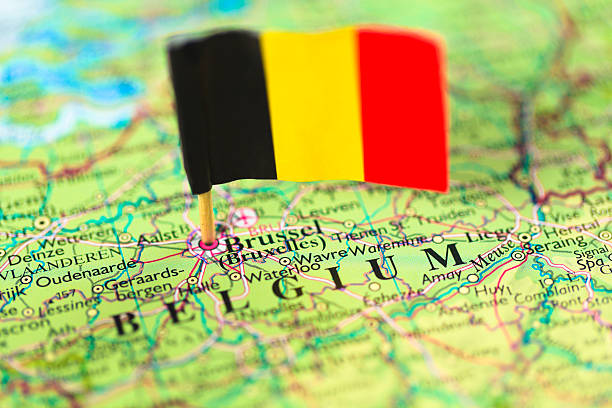
Amateur Leagues
Tier 6-9 Belgian Provincial Leagues
The Belgian Provincial leagues are the lower leagues for Belgian football. Until 2016, these were at levels 5-8 in the Belgian football league system however as part of the reform an extra level was created causing the provincial leagues to drop to levels 6-9.
The provincial leagues are divided into 9 regional league systems (one for each province, but Flemish Brabant and Walloon Brabant are merged and contain also the football teams from the Brussels Capital Region).
Each league system is itself divided into 4 levels (except for Luxembourg where there are only 3).
The number of leagues at each level depends on the province, but every province must have only one league at the top level.
The best teams from the 9 first divisions can promote to the Belgian Division 3, the fifth and lowest level in the national leagues (either directly, or after playoff matches).
Tier 6 – Belgian Provincial Leagues, First Level
- Eerste Provinciale Antwerpen – 16 clubs
- Eerste Provinciale Brabant (Flemish) – 16 clubs
- Première Provinciale Brabant (Francophone) – 14 clubs
- Première Provinciale Hainaut – 16 clubs
- Première Provinciale Liège – 18 clubs
- Eerste Provinciale Limburg – 16 clubs
- Première Provinciale Luxembourg – 14 clubs
- Première Provinciale Namur – 16 clubs
- Eerste Provinciale Oost-Vlaanderen – 16 clubs
- Eerste Provinciale West-Vlaanderen – 16 clubs
Tier 7 – Belgian Provincial Leagues, Second Level
- Tweede Provinciale Antwerpen – 32 clubs divided in 2 series of 16
- Tweede Provinciale Brabant (Flemish) – 32 clubs divided in 2 series of 16
- Deuxième Provinciale Provinciale Brabant (Francophone) – 14 clubs
- Deuxième Provinciale Provinciale Hainaut – 48 clubs divided in 3 series of 16
- Deuxième Provinciale Provinciale Liège – 46 clubs divided in 3 series; 2 of 15 teams and 1 of 16 teams
- Tweede Provinciale Limburg – 32 clubs divided in 2 series of 16
- Deuxième Provinciale Provinciale Luxembourg – 42 clubs divided in 3 series of 14
- Deuxième Provinciale Provinciale Namur – 32 clubs divided in 2 series of 16
- Tweede Provinciale Oost-Vlaanderen – 48 clubs divided in 3 series of 16
- Tweede Provinciale West-Vlaanderen – 32 clubs divided in 2 series of 16
Tier 8 – Belgian Provincial Leagues, Third Level
- Derde Provinciale Antwerpen – 48 clubs divided in 3 series of 16
- Derde Provinciale Brabant (Flemish) – 32 clubs divided in 2 series of 16
- Troisième Provinciale Provinciale Brabant (Francophone) – 32 clubs divided in 2 series of 16
- Troisième Provinciale Provinciale Hainaut – 64 clubs divided in 4 series of 16
- Troisième Provinciale Provinciale Liège – 64 clubs divided in 4 series of 16
- Derde Provinciale Limburg – 48 clubs divided in 3 series of 16
- Troisième Provinciale Provinciale Luxembourg – 72 clubs divided in 6 series; 4 of 14 teams and 2 of 13 teams
- Troisième Provinciale Provinciale Namur – 48 clubs divided in 3 series of 16
- Derde Provinciale Oost-Vlaanderen – 80 clubs divided in 5 series of 16
- Derde Provinciale West-Vlaanderen – 48 clubs divided in 3 series of 16
Tier 9 – Belgian Provincial Leagues, Fourth Level
- Vierde Provinciale Antwerpen – 82 clubs divided in 5 series; 3 of 16 teams and 2 of 17 teams
- Vierde Provinciale Brabant (Flemish) – 96 clubs divided in 6 series of 16
- Quatrième Provinciale Provinciale Brabant (Francophone) – 46 clubs divided in 3 series; 2 of 15 teams and 1 of 16 teams
- Quatrième Provinciale Provinciale Hainaut – 115 clubs divided in 8 series; 5 of 14 teams and 3 of 15 teams
- Quatrième Provinciale Provinciale Liège – 112 clubs divided in 8 series; 3 of 13 teams, 2 of 14 teams and 3 of 15 teams
- Vierde Provinciale Limburg – 52 clubs divided in 8 series; 2 of 17 teams and 1 of 18 teams
- Quatrième Provinciale Provinciale Namur – 78 clubs divided in 6 series of 13
- Vierde Provinciale Oost-Vlaanderen – 72 clubs divided in 5 series; 3 of 16 teams and 2 of 17 teams
- Vierde Provinciale West-Vlaanderen – 52 clubs divided in 3 series; 1 of 16 teams and 2 of 18 teams
Cups
Belgian Cup
The Belgian Cup (French: Coupe de Belgique; Dutch: Beker van België) is the main knockout football competition in Belgium, run by the Belgian Football Association. The first cup was held in 1911–12.
The most successful cup club is Club Brugge KV with 11 titles followed by Anderlecht (9) and Standard Liège (8).
Since the 2015–16 edition, the Belgian Cup is called the Croky Cup, for sponsorship purposes.
Belgian Super Cup
The Belgian Super Cup (Dutch: Belgische Super Cup, French: Supercoupe de Belgique) is a Belgian club competition played as a single match between the Belgian First Division A champions (also received the Super Cup host) and the Belgian Cup winners.
If the same team won both the cup competitions then the Belgian Cup runners-up participate as the second club.
The most successful Super Cup club is Club Brugge with 15 titles, followed by Anderlecht (13), Standard Liège (4), Genk (2) and Lierse (2).
It was created in 1979 and held every year since, with the only exception of 1989.
